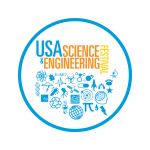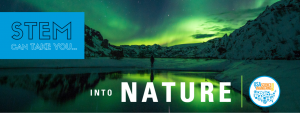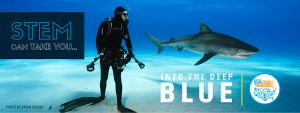 Guest Blog by X-STEM Speaker Louie Schwartzberg
Guest Blog by X-STEM Speaker Louie Schwartzberg
Albert Einstein remarked, “Look deep into nature, and then you will understand everything better.” He knew something that many scientists and engineers overlook in their quest for truth: nature holds the answers we’re seeking! We’re simply here to learn nature’s language and laws and how we can interact with it. Every law of the universe can be witnessed by observing nature. In the west, we like to believe we arrive at facts once they’ve been scientifically validated. Truthfully, the facts were written long before humans arrived on this planet and we are simply catching up. What science brings to the table is a deeper understanding of why things happen, and how to ensure the right things continue to happen so both our species and planet thrive together.
We Protect What We Love

We begin with love. From our very first moment on this planet, we recognize beauty. Our initial attraction leads to connection, intimacy and bonding. What makes love last is our desire to nurture and protect. When we experience love, we’re not cognizant of the flood of dopamine, oxytocin and cortisol released into our bloodstream. We’re simply high on the intense feelings of happiness. Love relationships truly make the world go ’round, and without love, we’d cease to exist as a species. Love is a universal law that governs human existence; science simply helps us understand what is happening to us.
Would love exist without our scientific understanding of it? Of course. But by understanding the science behind the most fundamental emotion in our universe, we have insight into the mysteries of all of life. Through observing and studying love, we begin to understand the science of nature and our relationship to it. Beauty is natures’s tool for survival because we protect what we fall in love with. We are hard wired to do so, from hundreds of thousands of years of trial and error.
Responsive Design Copies Nature

All innovations in science and engineering are a copy of something in nature. And what better model to follow? Nature has spent the last hundred billion years in R&D. Consider the elegant design of a flower. Arguably considered one of the most beautiful gifts of nature, flowers engineered the shape of their petals, the length of their pistil, the smell and texture of their sweet nectar and their trapping mechanism to ensure their captor would be sufficiently covered in the flower’s DNA. Or consider why certain species of hummingbirds have such long beaks, sometimes greater than the length of their body. They co-evolved with deep-necked flowers featuring long corollas, such as the passiflora mixta. This relationship between flower and pollinator – the love story that feeds the earth – is responsible for over one third of the food we eat and took over 50 million years to evolve! The collaborative, responsive design in nature is natural selection at it’s finest. When attributes for success emerge in one partner, it enables the other partner to evolve. This is true symbiosis.
Nature is rooted in industrial design as well. While Olympian swimmer Michael Phelps may be an evolutionary phenomenon in his own right, the engineering of his suit didn’t hurt his odds of winning 8 gold metals at the 2008 Beijing Games and 22 gold metals in his career. Speedo constructed a fabric modeled after shark’s skin, with denticle-like columns built with different fabrics on key areas of the swimwear to create a slick texture that directs the flow of water around the body for improved efficiency and speed.
Need more proof that modern science and technology look to nature for design inspiration? Consider the world wide web. The original model of the web is 1.3 billion years old and it’s right under our feet. It’s called mycelium, the branching, threadlike vegetative portion of fungi. Its network is like a superhighway of vital information between the natural world, transferring the right nutrients to the right plants to ensure optimal vitality and nutrient density. It also helps detoxify, purify and recycle soil to ensure plants can grow in the most nutrient-rich conditions. It links the natural world as the internet links humanity at a speed and accuracy that defies man.
Where Art And Science Meet
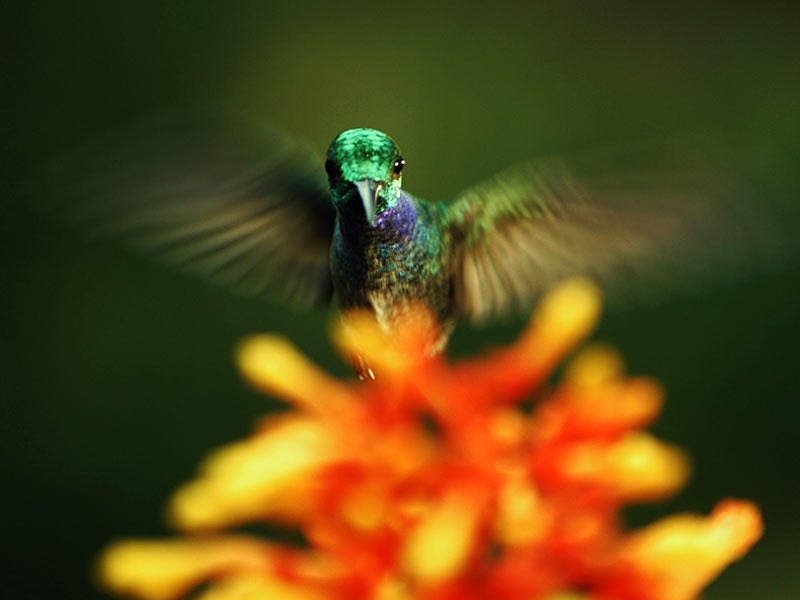
As a filmmaker, I have spent thirty years mastering the art and science of time-lapse and slow motion cinematography, taking people on journeys through time, space and scale, capturing the truth of nature in a way that words cannot. With altered speed, macro and aerial techniques, I’m able to reveal what is too slow, too fast, too small or too vast for the human eye to see. Through this art form, I provide a point of view that is radically different from the human perspective. My work shifts our understanding of relativity and opens our perception beyond human vision. When we begin to consider impossible things, we dare to push past preconceived notions, assumed truths and accepted norms and enter into the place where innovation and discovery are born. This is the domain of the greatest thinkers of our time.
Nature lies at the intersection of art and science. Art looks at something as beautiful while science observes it in relation to its function. Nature uses beauty as a tool to master function and to further evolve its species. Since nature is the basis for the laws governing the universe, one could argue that beauty is our most powerful tool to not just survive, but thrive. All creatures respond instinctively to beauty – color, taste, touch, smell and design. It’s critical that scientists across all disciplines study the fundamentals in nature and art and look to the systems and structures of the natural world to solve our greatest problems.
We are at a critical time in history where we will depend heavily on advances in natural science and improved clean energy technology to eradicate global warming and climate change. My greatest opportunity as a filmmaker is to inspire a generation of change agents by revealing the mysteries of the natural world. When we fall in love with nature, we will instinctively protect it.
The USA Science & Engineering Festival is a beacon of hope for emerging scientific thought leaders. There are many ways to be in the practice of science. I want young people to under-stand they can make breakthrough scientific discoveries both in a lab and outside of it. As we evolve over the next century, I believe we will – we must! – turn to nature to uncover the answers that will save us. If my films can shift minds by unlocking a deeper understanding of the universe, or inspire inquiry and imagination in youth, then my greatest work has been done.









